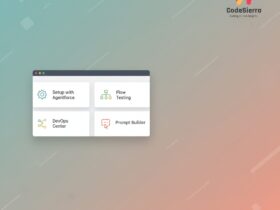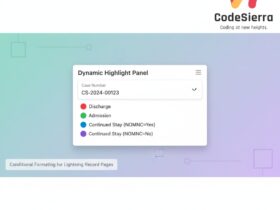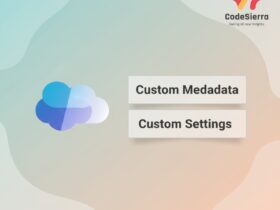A practical, step-by-step guide to key Salesforce CPQ topics frequently asked in interviews: product rules, filter/selection rules, subscription pricing, pricing methods (list, cost, block, percentage of total, MDQ), and price rules with examples and screenshots.
Overview
Salesforce CPQ (Configure, Price, Quote) can feel overwhelming in interviews and real projects. This guide condenses core CPQ concepts—Product Rules, Subscription Pricing, Pricing Methods, and Price Rules—and shows how to implement them with clear use cases and best-practice steps.
Product Rules: Types and Hands-on Use Cases
Product Rules help enforce configuration logic. The main types are:
- Validation Rule — Enforce constraints during configuration.
- Alert Rule — Show messages without blocking the user.
- Selection Rule — Add/remove/enable/disable product options dynamically.
- Filter Rule — Filter feature options for dynamic bundles.
Example: Hide Camera when 4-Port USB Hub is selected
High-level steps:
- Create a Product Rule (Type = Selection, Scope = Product, Evaluation = Always).
- Add an Error Condition that tests Product Option → Product Code = USB-HUB-4PORT.
- Add a Product Action of Type = Hide and Remove for the Camera product option.
Example: Filter Laptop feature to show only Hardware family
Key steps:
- Create formula fields on Product and Product Option that expose the Product Family (TEXT(Family)).
- Create a Filter Product Rule (Type = Filter) and add an action: Default Filter where Product_Family__c = Hardware.
Summary Variables & Validation
Use Summary Variables to aggregate CPQ related records (e.g., sum of product option quantities) and reference them in validation product rules.
- Create Summary Variable: target Product Option, aggregate = Sum(Quantity), filter Product Code contains ‘USB’.
- Create a Validation Product Rule on Quote save that throws an error when USB Product Count > 5.
Subscription Pricing: Concepts & Setup
Subscription products are billed based on duration. Important fields include Subscription Pricing, Subscription Term, and Subscription Type (Renewable, Evergreen, One-Time).
How to create a subscription product
- Set Product Family = Service, Pricing Method = List Price (or Percentage of Total), Subscription Pricing = Fixed or Percentage, Subscription Term = 12, Subscription Type = Renewable/Evergreen/One-Time.
- Add a Price Book Entry for the list price.
Subscription settings & proration
Org-level Subscription Term Unit (Monthly or Daily) determines how CPQ calculates proration. Configure Proration Precision (Calendar Day, Month Weighted, Monthly + Daily) in CPQ package settings.
Pricing Methods: When and How to Use Them
Common pricing methods:
- List Price — standard price book entry value.
- Cost Price — uses product cost + markup. Add Cost records on the product and display markup/unit cost in the Quote Line Editor field set.
- Block Pricing — tiered pricing by quantity (define lower/upper bounds and prices).
- Percentage of Total (POT) — price as percent of quote, group, or bundle totals (useful for installation fees/tips).
- Multi-Dimensional Quotation (MDQ) — split long subscriptions into multiple pricing dimensions (e.g., year 1 and year 2 with different prices).
Overage
Configure Overage Rate on the product to charge per-unit for quantities beyond the last block’s upper bound.
Price Rules: Dynamic Pricing Logic
Price Rules automate setting field values during configuration or calculation. Components include Price Rule, Price Conditions, Price Actions, and optional Lookup Objects for external data.
Example: Account Type Discount
Create a Price Rule (Scope = Calculator, Evaluation Event = On Calculate). Use Price Conditions on Quote.SBQQ__AccountType__c and Price Actions to set SBQQ__AdditionalDiscount__c on quote lines. Example formula:
CASE( SBQQ__AccountType__c, "Direct Customer", 0.10, "Channel Partner", 0.15, "Technology Partner", 0.20, 0 )
Key Takeaways
- Product Rules enforce configuration and guide sales reps; use Selection for hiding/removing options and Filter for dynamic bundles.
- Subscription pricing relies on org-level term unit and proration settings—plan these early in design.
- Choose pricing method based on business model: cost-plus, tiered blocks, percentage-based fees, or MDQ for complex subscriptions.
- Price Rules automate conditional discounts and field updates—combine with lookup objects for external logic.
Why this matters: Understanding these CPQ building blocks prepares admins and developers to design scalable quoting solutions that reduce errors, accelerate deals, and ensure correct billing.
Categories: Salesforce Tips










Leave a Reply